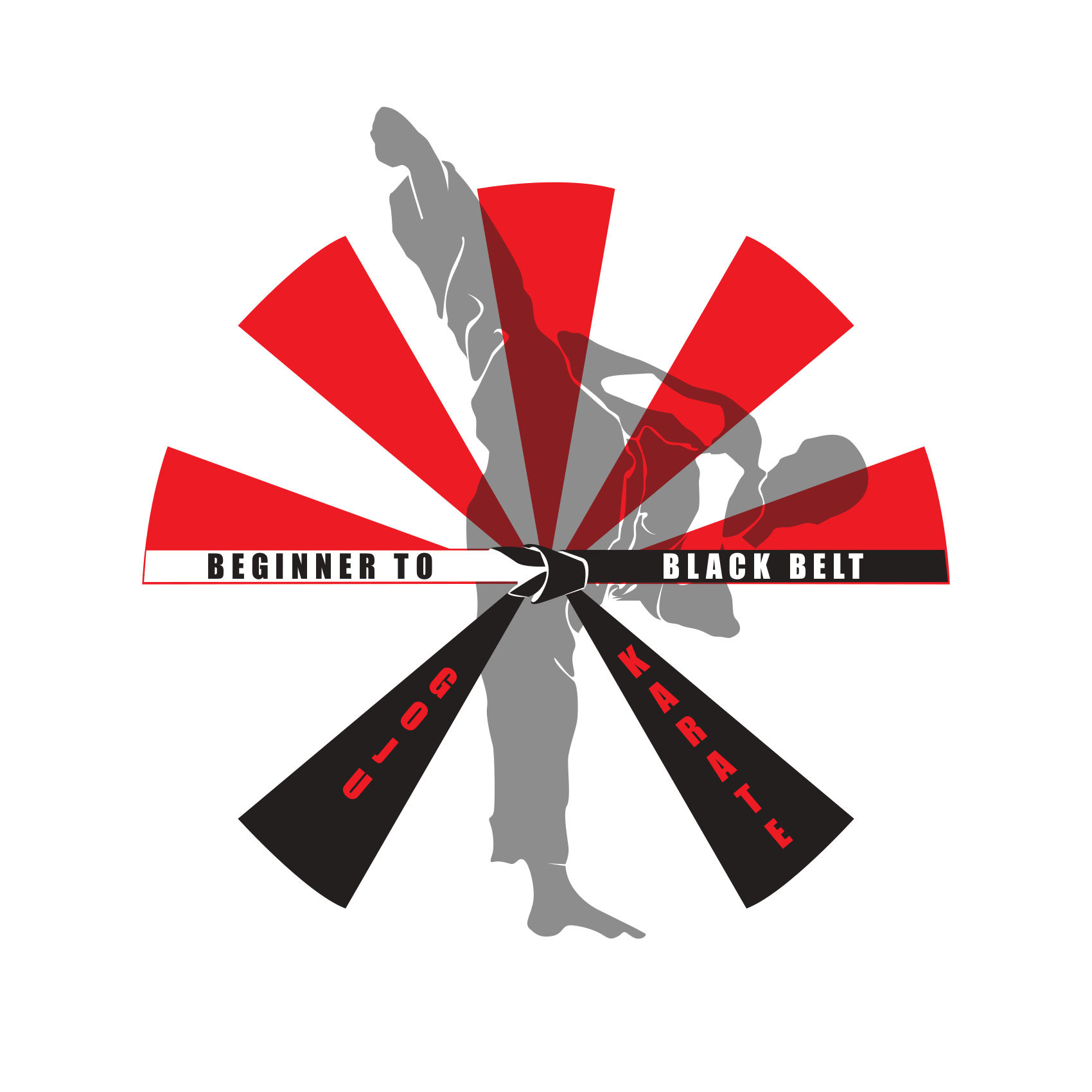Our Vision
Beginner to Black Belt Goju Karate offers a complete system of Goju karate. We offer a full range of classes for all ages (4 years and up) specifically designed to maximize your training effectiveness. Beginner to Black Belt Goju Karate prides itself on giving you the best training possible in a fun and safe environment.
Our mission is to equip our students with an excellent knowledge of self-defence techniques and strategies, whilst emphasizing the discipline, maturity and good judgement required to know when and when not to use this knowledge.
About Goju Style
Whilst most of the techniques found in Goju can be traced back hundreds or even thousands of years, the actual style is relatively young, only being named as such in 1929. Preceding this time the art was known as Naha-Te or simply Toudi/Tode. The development of what is now known as Goju Ryu Karate-do has been a gradual process by a number of masters and practitioners, but the three most prominent figures associated with the formalization into a style and the global spread of Goju are Kanryo Higaonna, Chojun Miyagi and Gogen Yamaguchi.
Miyagi was invited to make a demonstration at the All Japan Martial Arts Demonstration in Kyoto in 1929. He was unable to attend, so he sent his most senior student, Jin’an Shinzato in his place. When Shinzato was asked the name of his style he was forced to improvise, as Miyagi had not provided a name as yet. He used the name “Hanko-Ryu” which meant “Half Hard style”. He later relayed this story to Miyagi who gave much thought to naming the style before deciding upon the name “Goju-Ryu” which means “Hard-Soft style”. It is believed that he drew inspiration from a passage in the Bubishi which reads “Ho wa Goju wa Donto su” or “the way of inhaling and exhaling is hardness and softness”. In 1933, Goju-Ryu was officially recognized as a “budo” or modern martial art by the Dai Nippon Butokukai.
The origins of most of the main Goju Kata are all Chinese. This is hardly surprising given the amount of time Kanryo Higaonna and Chojun Miyagi spent in China training with a variety of masters. They all have very Japanese sounding names though, as for much of the development phase of Karate, tensions between Japan and China were high. There would have been a lot of resistance to the promotion of an art with a Chinese sounding name (Toudi/Tode), so a new Japanese name, “Karate” was adopted. The terminology used in training, including the names of the Katas was given a Japanese makeover.
Through training and study in both Okinawa and China, these two great masters had given us the 12 core Katas of the Goju system: Sanchin, Tensho, Gekisai Dai Ichi, Gekisai Dai Ni, Saifa, Seiyunchin, Sanseiru, Seisan, Shisochin, Seipai, Kururunfa and Suparinpei.
